Dinosaur Depictions Evolve With Advancing Knowledge [PHOTOS]
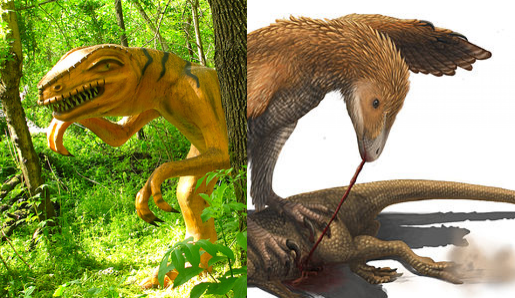
While dinosaur fossils haven’t changed much in millions of years, human interpretations of them have certainly evolved. The lumbering reptilian dinosaurs depicted decades ago are being replaced by more bird-like creatures. Here are just a few examples of how much things have changed.
The Deinonychus sculpture seen here at the theme park Dinosaur World in Cave City, Ky., may be what you typically think of when you think of dinosaurs: scaly and scary …
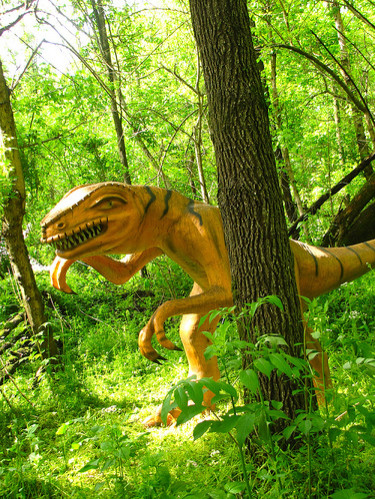
… but a 2011 work by artist Emily Willoughby shows a much more feathery creature, in line with current paleontological reconstructions.
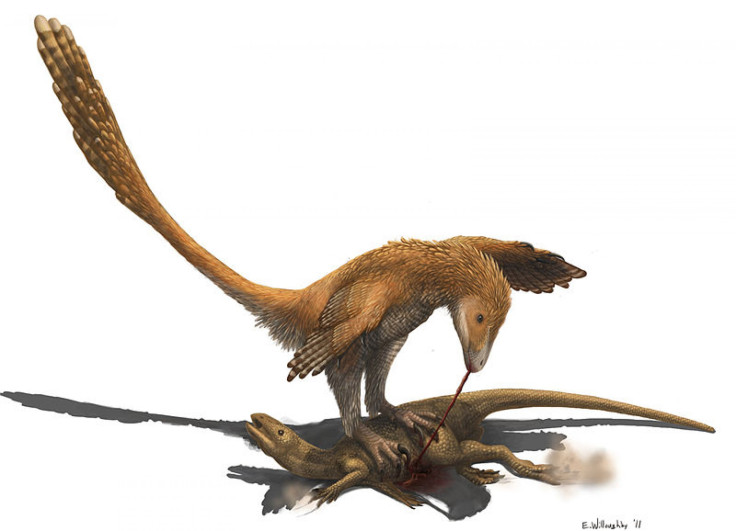
This 1922 painting by Charles R. Knight shows a group of Protoceratops nesting. But there are many things factually wrong with it, according to what we now know about these dinosaurs. The dragging tails and splayed, alligator-like stance are all wrong. Also, the eggs in the painting, based on a nest found in Mongolia, later turned out to be from an oviraptor.

A newer reconstruction of Protoceratops andrewsi from the artist Nobu Tamura shows a much more spry version of this dog-sized cerotopisan. [Wikipedia/Nobu Tamura]
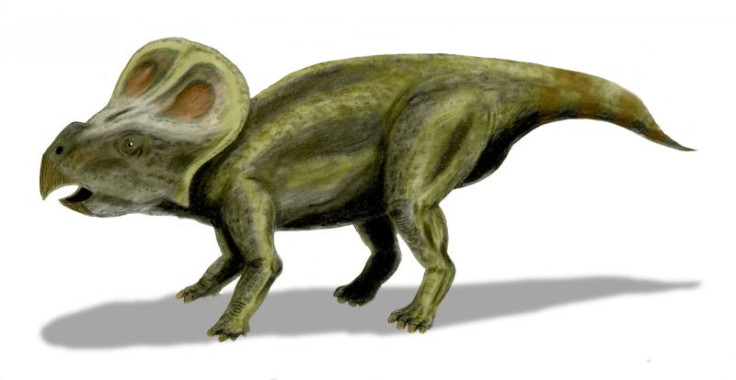
An 1869 E.D. Cope illustration of an Elasmosaurus (left) confronting a Dryptosaurus (middle) for the American Naturalist suffers from several inaccuracies.
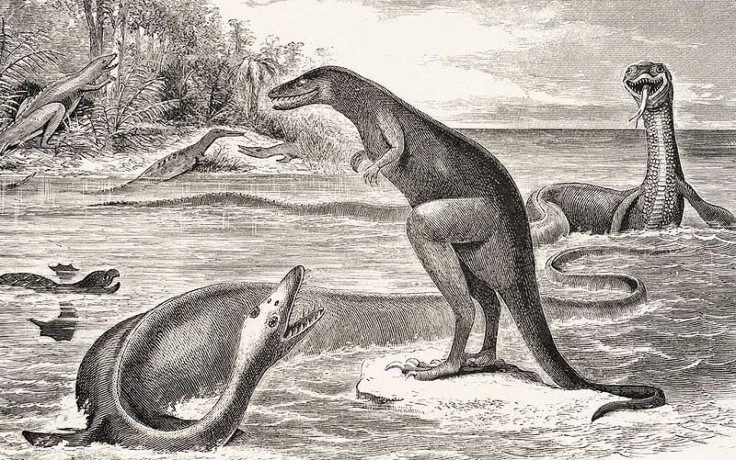
Cope put the Elasmosaurus’ head on what is actually the tail -- one of this gigantic pleiosaur’s defining features is its impressively long neck, which contains 71 vertebrae.
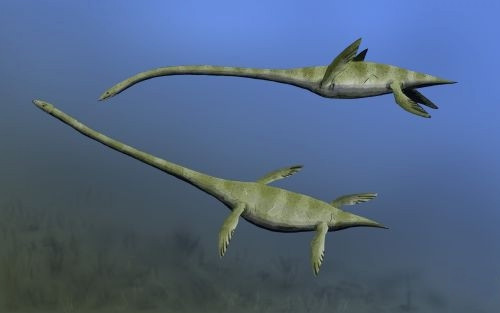
The Dryptosaurus, meanwhile, has a much smaller head and more rigid posture than what scientists currently believe this primitive tyrannosaur sported in real life. A more modern reconstruction shows a less ramrod posture.
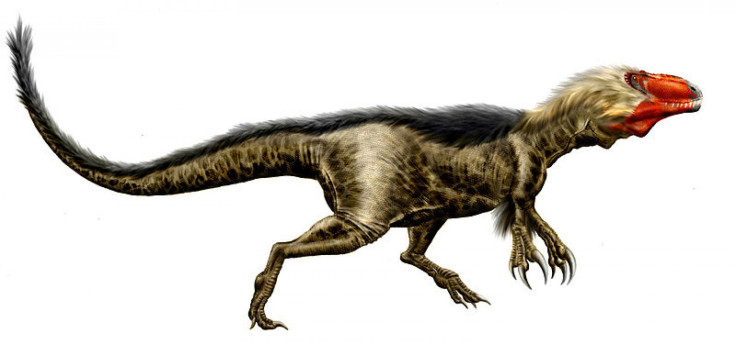
The fearsome Velociraptor shown in the “Jurassic Park” movies was a truly terrifying, intelligent creature.
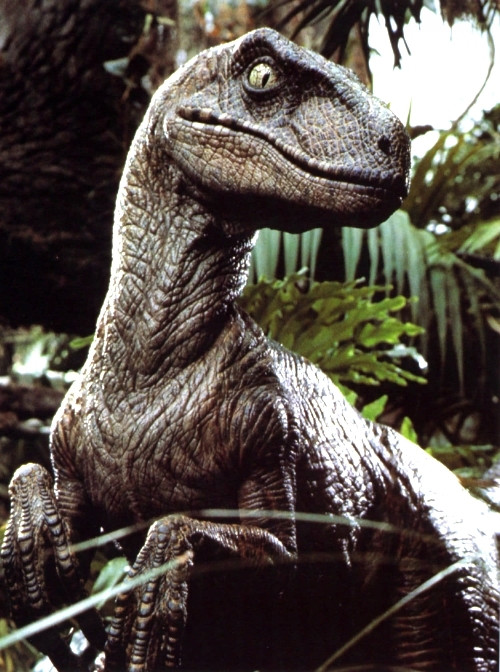
While the group of dinosaurs that Velociraptor belonged to, the dromaeosaurs, did include some creatures as large as the raptors shown in the movie, the real Velociraptor weighed about 75 pounds, about the same as a medium-size dog. And although they did have slightly larger brains, they were by no means exceptionally intellectual animals.

© Copyright IBTimes 2024. All rights reserved.





















